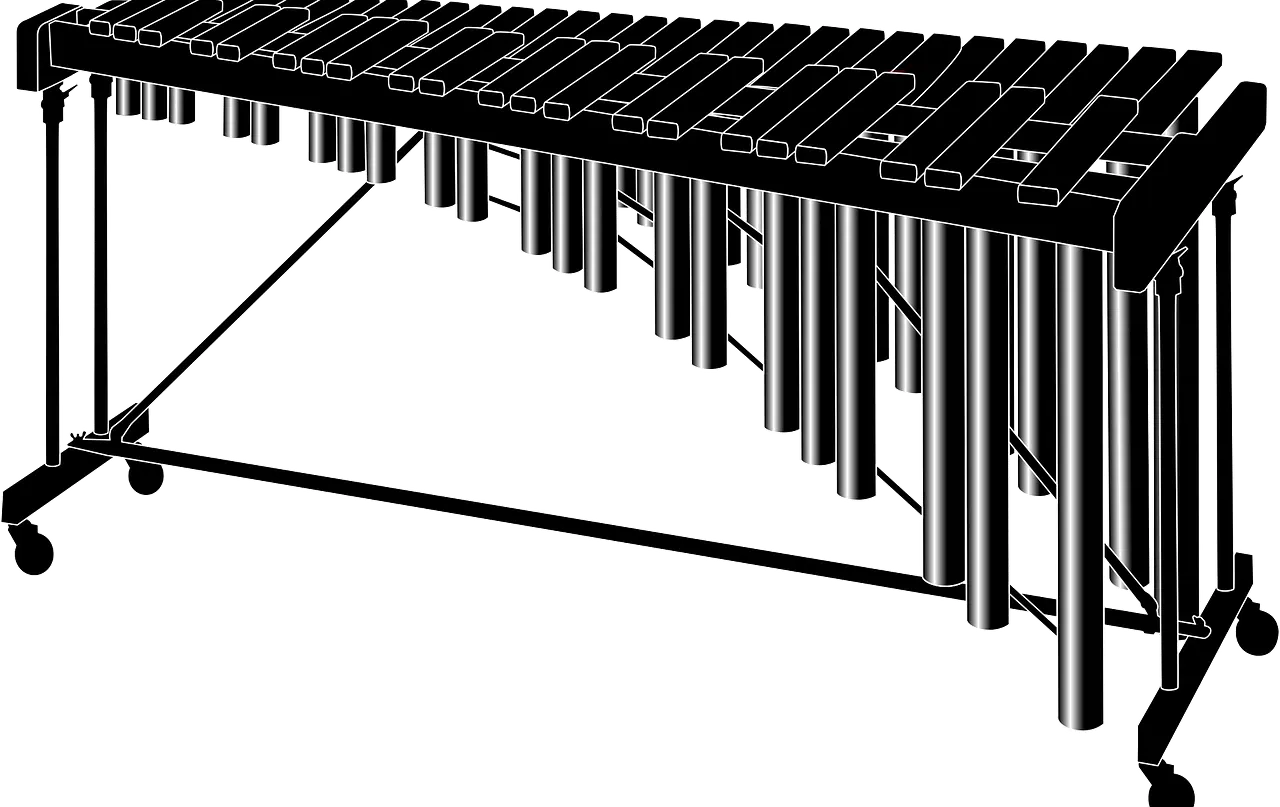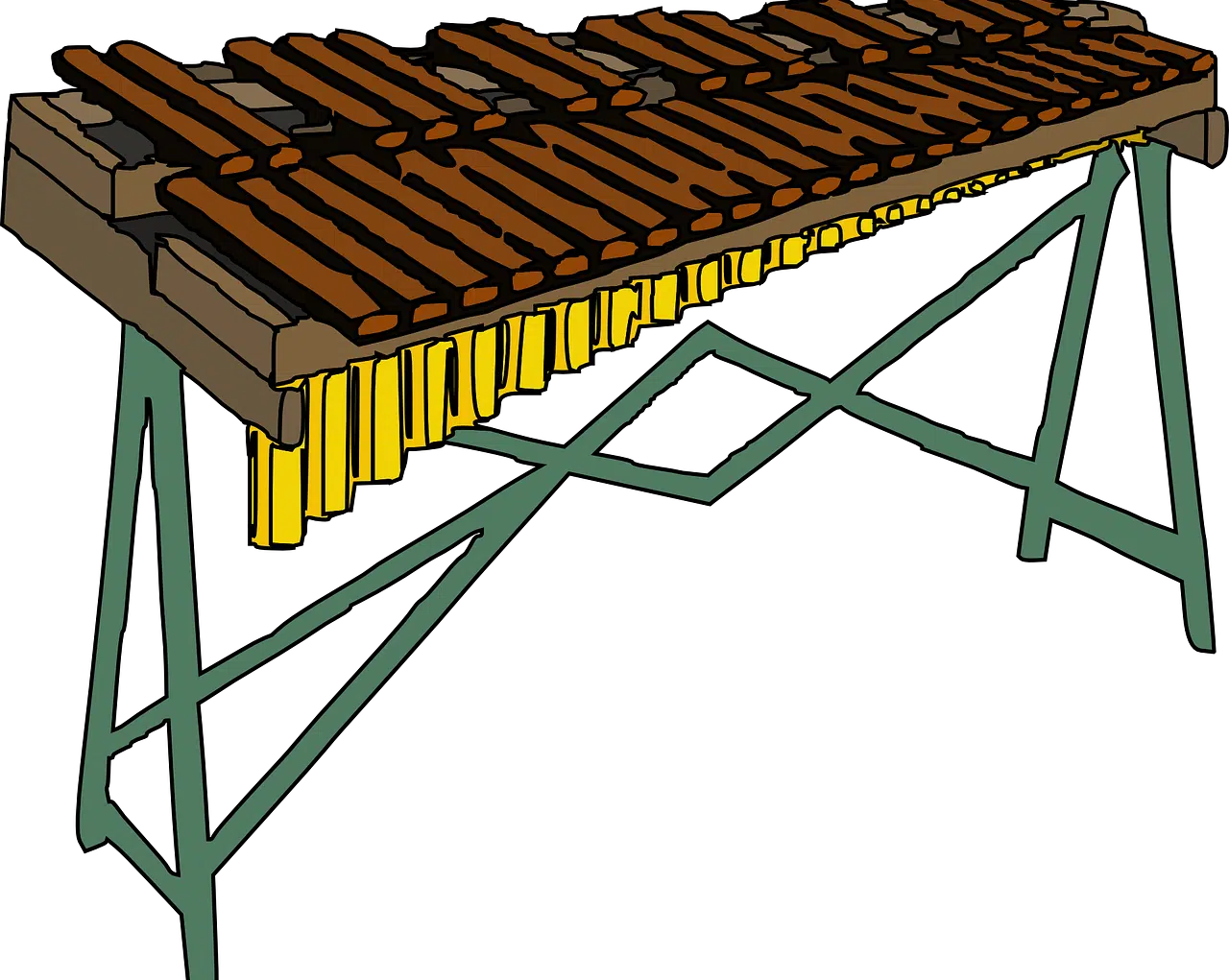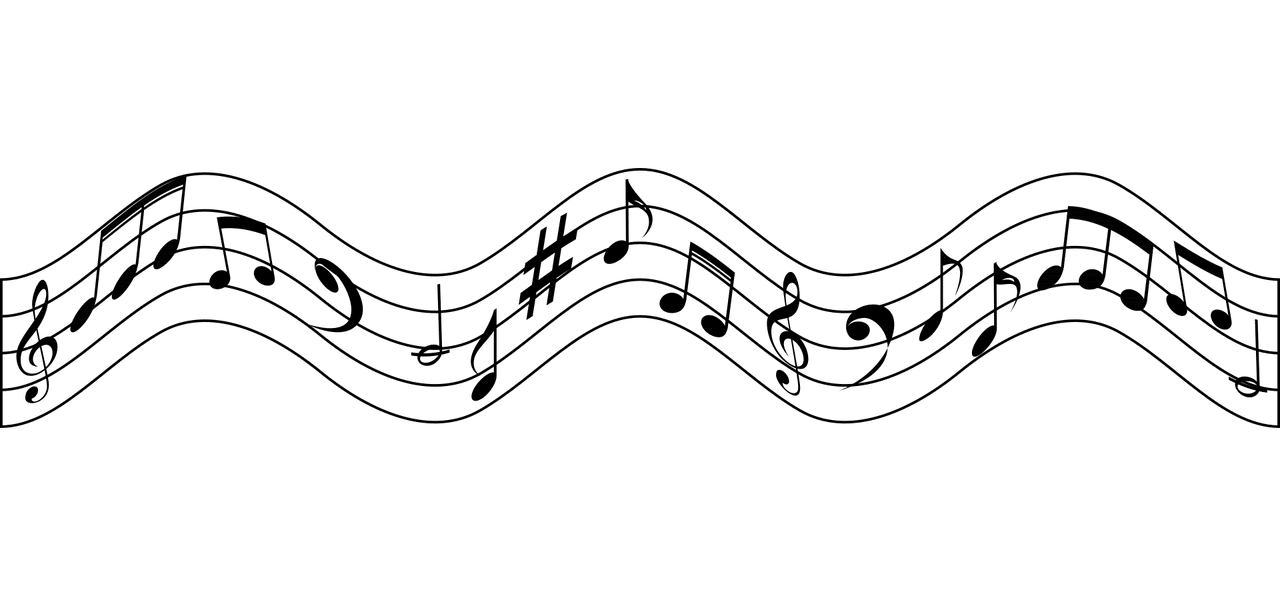
The diatonic marimba is a type of marimba based on a single keyboard.
Marimba is the name given in Spanish to a very old musical instrument that, over time, gained visibility and importance in numerous countries. It is a wood -based element that is part of the family of percussion instruments .
The person in charge of playing this type of drum , very present in certain African regions, receives the title of marimbera or marimbista .
Before giving way to the history of the marimba and offering details about this culturally relevant object, it is appropriate to point out that in the dictionary of the Royal Spanish Academy (RAE) there are three meanings for this term. Thus, it is valid to associate it, because it has a similar style, with the xylophone since in both the sound arises when hitting wooden boards . In the same way, it can be linked to the instrument called the tympanum because another interpretation identifies the marimba as a sound source made up of strips or slats of glass that are struck, not very hard, using a hammer.
History of the marimba
The history of the marimba dates back many centuries and involves a large number of nations. This creation is said to be inspired by an idiophone presented as a balafon that emerged in West Africa . It is a structure made up of gourds for resonance and a wooden keyboard that must be hit to produce sounds. Due to its particularities, this percussion piece shares a family with the marimba , vibraphone , xylophone and glockenspiel .
In Mexican territory, the marimba made its appearance around 1545, with a double-keyboard marimba emerging in 1892 in the Mexican state of Chiapas . Later, a five-octave marimba made its appearance, but it became tiny when a much more ambitious and larger construction came to light: the eleven-octave marimba . The value of this instrument within the identity of the Chiapas deserves special mention, which is why the Cultural Information System of the Government of Mexico includes the Chiapas marimba within the inventory of intangible cultural heritage. In Tuxtla Gutiérrez , there is also the Marimba Museum that is part of the busy Marimba Park , a space that delights family audiences because it is picturesque and because there are artists who give live music shows .
On the Guatemalan surface, on the other hand, there are records of the initial use of this instrument dating back to November 1680 . The marimba is so connected to the history, tradition and culture of Guatemala that it has not only been declared there as a national instrument but also designated as one of the national symbols.

Although they share characteristics (both are percussion instruments, for example), the xylophone and the marimba differ, for example, in the type of sound that comes out of them.
Another example of how this element is valued is located in Nicaragua , where the Monument to the Arco Marimba has been erected, just as in Ecuador the Esmeraldeña marimba has been proposed as an artistic creation with conditions to be part of the representative list. that UNESCO carries out to identify and protect the Intangible Cultural Heritage of Humanity . Costa Rica and Colombia (scene of a marimba festival ) are other countries where the construction of marimbas and the music generated through this instrument is encouraged and valued.
Materials, techniques and varieties
Learning about the materials and components of the marimba , being aware of the playing techniques and educating yourself about the existing varieties helps to expand cultural knowledge and discover a wonderful universe of particular sounds.
It is enriching to know, among other things, that a series of woods of multiple sizes organized from longest to shortest are essential for assembling the keyboard . For the soundboard , however, tuning work must be done so that each wood of that structure is in tune with each key .
As for the execution procedures, they appear as alternatives to not lose sight of the four-stick technique and the art of glissando . Of course, the most advisable thing is to attend a marimba workshop in order to correctly master the techniques.
Nor should we forget that, since ancient times, numerous types of marimbas have been made and used that have contributed their characteristic sounds to multiple genres and musical styles. Thanks to those who dare to experiment with instruments and musical compositions without being conditioned by prejudices, for example, the folk marimba and the midi marimba can coexist in harmony , to name two specific cases.

In a marimba school you can learn everything from the history and characteristics of this percussion instrument to how to play it and accompany the rhythm of each song.
A toy marimba made to entertain children is not the same as a chromatic marimba intended for professional use, as might be expected on the other hand. There are even differences between a mahogany marimba and one designed with another type of wood, as is the case with the palo santo marimba , to point out more alternatives.
